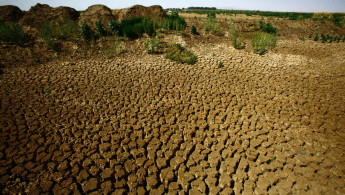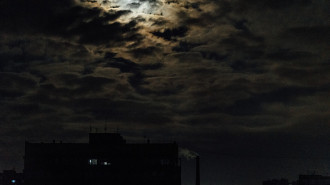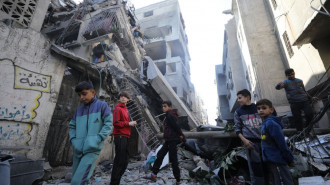Water increasingly used as weapon in Middle East conflicts this decade
Incidents of water-related violence across the world have more than doubled in the last 10 years compared with previous decades, a comprehensive database maintaned by the US-based Pacific Institute shows.
The ever more common scarcity of clean water supplies is stoking intercommunal violence and conflict in many parts of the world, particularly those affected by population growth and extreme weather caused by the climate crisis.
"As water becomes more scarce, because it's such a critical resource, people will do whatever they can do meet their basic needs," Peter Gleick, the founding president of the Pacific Institute, told The Guardian on Tuesday.
The database, begun in the 1980s, keeps track of instances where water was a trigger for fighting, used as a weapon of war or was disrupted by conflict.
It has noted an uptick in both conflicts linked to access to water and attacks on civilian water supplies, Gleick said.
"There have been a very large number of attacks in recent years in Yemen but also in Syria and Iraq, where it's clear that in direct violation of international law, civilian water infrastructure has been intentionally targeted, relentlessly," he said.
|
|
Other areas particularly exposed to water-associated violence over the past decade are Iraq, Yemen and Africa's Sahel region. India has also witnessed increased intercommunal violence over water disputes. The country witnessed one of its worst droughts in decades this year.
Read more: Iraq and Sudan show how climate change fuels war
Increased water scarcity over the last few decades has also been identified as one of the routes of major conflicts in Iraq and Sudan.
Severe drought and inceased competition over land and resources are key causes of tribal conflict in Sudan's western Darfur region, where state arming and training of Arab tribes escalated the violence into a war that killed around 300,000 people and displaced 3 million.
Darfur also represents a key case for the future prosecution of conflict actors targeting civilian water resources.
The International Criminal Court's (ICC) indictment of ousted Sudanese President Omar al-Bashir includes charges of the contamination of wells and water pumps by regime-backed forces.
Drought and increased flooding in South Sudan has also caused heightened resource competition and exacerbated existing tribal conflicts.
Local conflicts will continue to grow in intensity and freqency as drought and water scarcity increase, researchers say. Water scarcity and stress also has the potential to start larger conflicts in the future.
Middle Eastern countries form a majority of those currently facing extremely high water stress, the World Resources Institute's 2019 Aqueduct Water Risk Atlas said.
Qatar faces the highest water stress in the world, with Lebanon not far behind, according to the report.
Fellow Gulf states Kuwait, Saudi Arabia and the UAE all ranked in the top ten, respectively facing the 7th, 8th and 10th highest levels of water stress.
In between Lebanon and Kuwait came Israel, Iran, Jordan and Libya.
Already conflict-stricken nations including Yemen, Syria, Afghanistan and Iraq were ranked among the countries facing high water stress.
Experts say rising wet bulb temperatures - an index which reflects the combined effects of heat and humidity - could render parts of the Middle East practically uninhabitable during the summer within the next 50 years.
Follow us on Twitter and Instagram to stay connected





 Follow the Middle East's top stories in English at The New Arab on Google News
Follow the Middle East's top stories in English at The New Arab on Google News


